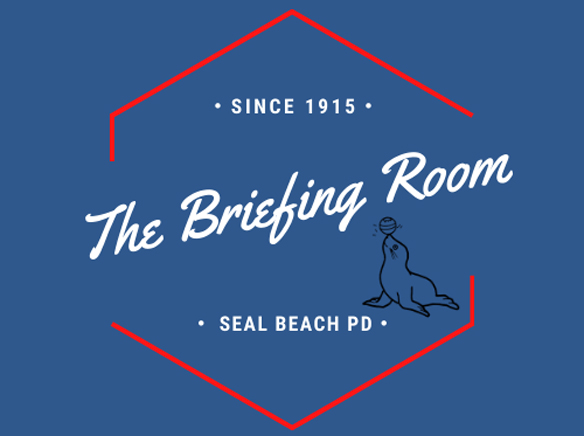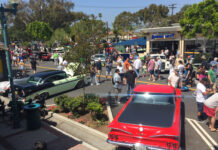When the SBPD calls are itemized in the paper each is given a priority. Have the priorities ever been explained?
—Stan
Hey Stan,
Thanks for your question. The Sun regularly publishes our crime log based off the information we give them from our Computer-Aided Dispatch (CAD) system. When our wonderful West-Cities Communication Dispatchers (who by the way dispatch for the City of Seal Beach, City of Cypress, City of Los Alamitos, and Orange County Parks) receive a call, either a 9-1-1 or non-emergency call, they assign it a “priority.” There are five categories in which all calls for service are grouped.
• Priority One – These are the most urgent, life-or-death, types of calls. We typically respond to these calls with our lights and sirens. Priority One calls include robbery, carjacking, burglary, injury traffic collisions, medical aid, attempted suicides, missing children, bomb threats, choking, overdose, panic alarm, assault with a deadly weapon, pursuit, and other life-or-death emergencies. Sometimes we receive calls where the dispatchers do not know what is going on because they are unable to make voice contact with the caller or the caller is unable to provide specific information. These calls get entered as unknown trouble and are classified as Priority One.
• Priority Two – These calls are urgent, but typically don’t involve life-or-death emergencies. Examples are hit and runs where nobody is injured, DUI, assaults, batteries, narcotics violations, petty thefts, lewd conduct, certain suspicious circumstances, reckless drivers, burglary alarms, non-violent mentally ill persons, smoke investigations, animal cruelty, and other urgent but not emergency calls.
• Priority Three – These calls are typically “cold” and involve crimes that have occurred some time ago, or where the suspects are no longer present, or are less urgent than Priority Two calls. An example of these could be theft reports, illegal dumping, municipal code enforcement, burglary reports, patrol checks, loud music, death reports, recovered stolen vehicles, illegal peddlers, vehicle alarms, identity theft reports, non-injury traffic collisions, barking dogs, and others.
• Priority Four – These calls are typically not urgent and will get handled after the more urgent calls are taken care of. Examples of these are found bicycles, lost property, VIN verification, citation sign-offs, vehicle releases, vehicle storages, broken traffic signals, property destruction, and other routine matters.
• Priority Five – These calls are generally not calls for service, but rather administrative messages that get entered into the CAD system. For instance, if someone calls dispatch asking to speak with an officer, they might put in a call as a “message” to contact the caller. If someone calls to report a broken sprinkler on City property, the call will get entered as a public works info call and it will get relayed to a Public Works employee.
If someone calls to ask for vacation checks of their residence while they’re gone, it gets entered as a Priority Five call and the dispatchers will notify the Watch Commander to ask the patrol officers to periodically check the residence.
This is not an exhaustive list of all the types of calls we respond to, but it should give you an idea of how they are categorized. Our dispatchers know how to triage incoming calls based on these call types. Hopefully this gives you a better understanding of what you are reading in the crime log. Please keep these questions coming! Shoot them over to me at askacop@sealbeachca.gov. Thanks again for the great question Stan!












